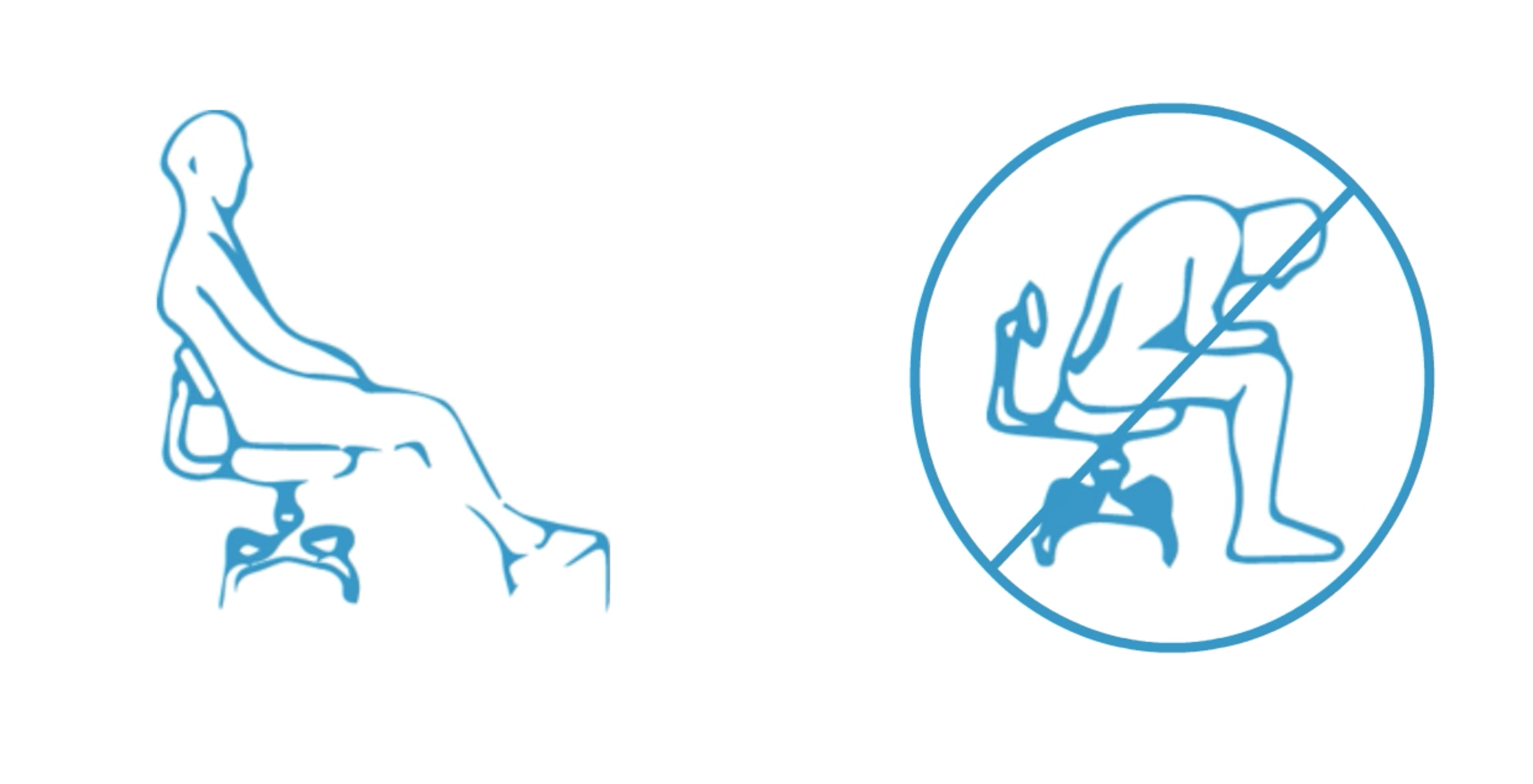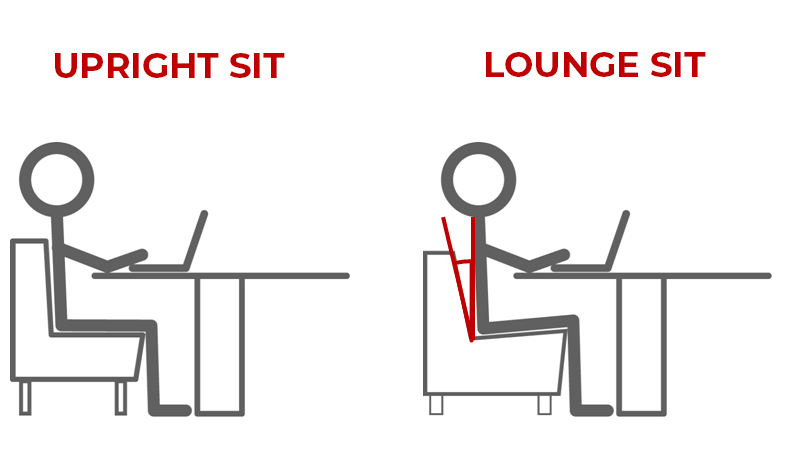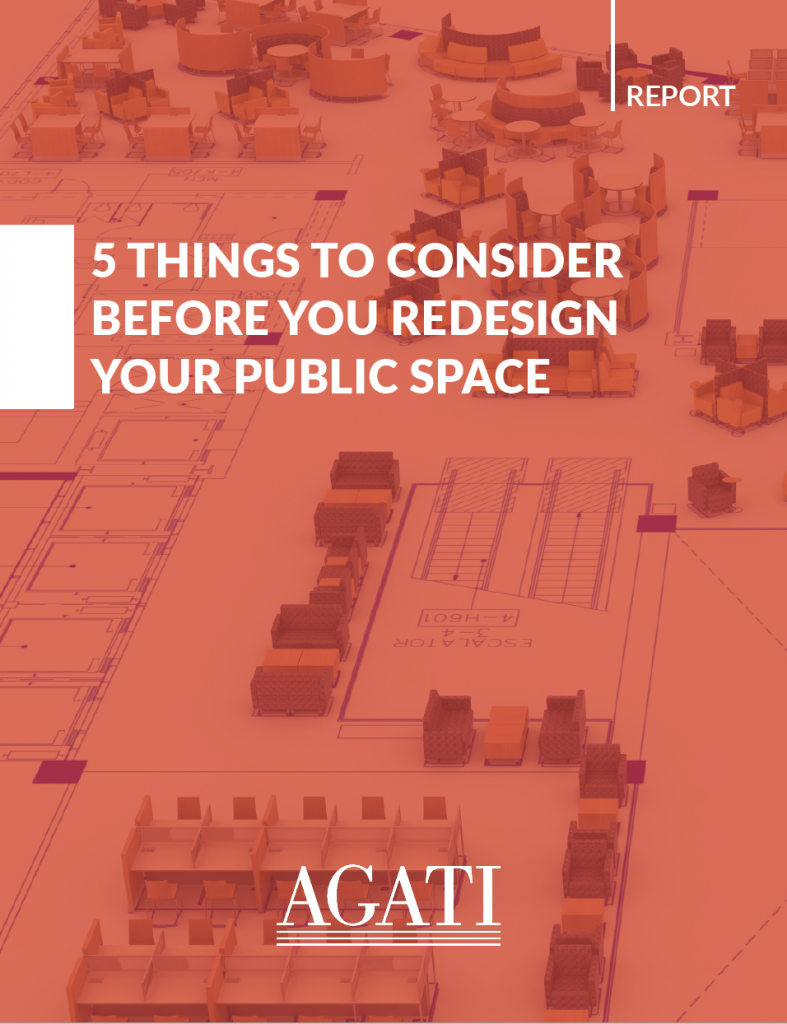
It’s no secret that posture matters a lot. And despite what some of our grandparents might think, that’s not just because of good etiquette. It’s because of health and productivity.
The reality is that promoting healthy posture is a crucial consideration for the furniture choices we make for our space. However, we often see libraries that unintentionally promote poor posture as a result of the furniture they provide for their students and community.
Let’s Talk About Posture
Good posture is the correct alignment of our body that helps us reduce any strain on our muscles and bones. Negative body positions that are held for a long period of time will eventually cause unhealthy stress on our body, and affect the alignment of our spine. Many times this happens in people who bend forward at the waist for a prolonged time in the workplace as their postural muscles are more prone to injury and back pain.

Poor posture doesn’t just have negative effects on our body, but also our comfort. If our body is not naturally supported in the ways it’s supposed to be, our productivity and length of work will be directly affected. The feeling of discomfort becomes a distraction, and sometimes even a frustration.
Part of intentionally supporting our patrons is preparing to provide for their practical needs through the furniture we provide. It’s our job to provide a space where they can be productive, stay physically supported, and feel inspired.
The Most Common Culprit
As we mentioned at the start of this article, many libraries unintentionally promote poor posture for their patrons through their furniture choices.
Here’s how:
Typically, the culprit we see that promotes the curled-forward position in the image above is when libraries try to combine lounge and work activity patterns. This often looks like trying to combine lounge furniture with a standard 29” table.

The thought process makes sense at face value. We simply want to provide comfortable and inviting seating, while also providing the space and surface for students to accomplish the work they need to focus on.
However, lounge furniture isn’t ideal for work-style activity patterns because it doesn’t provide the proper posture support to be used in conjunction with a table. There’s no way to combine the two activity patterns without promoting poor posture, placing strain on the bodies of the people who utilize our space.
Shown in the image above, providing work-style seating ensures back support for the patrons using the seat. If we try to utilize lounge furniture next to a table, users have to learn forward, creating a gap between them and the chair and removing any back support.
Here’s why that happens:
Lounge chairs are generally lower in height and have a seat that will have a downward pitch of 13-degrees. Chairs with an upright sit will have a seat that does not have a pitch (essentially flat) and have a height similar to a side chair. Sometimes it’s easy to think that anything that is upholstered and soft is lounge seating, which is actually not the case. The key marker of lounge furniture is the pitch of the seat and the height of the seat in relation to the table top, which is typically 29 inches from the floor. The pitch and height of lounge furniture in relation to the table top is what causes the unhealthy posture to take place.
These considerations were a big motivator behind our Hampton Banquette, offering the softness and comfort similar to a lounge chair with a sit that is actually upright.
“There’s no way to combine the two activity patterns without promoting poor posture, placing strain on the bodies of the people who utilize our space.”
Be On the Lookout!
So we want to encourage you today to be on the lookout for this problem in your own space. Be on the hunt for furniture choices or configurations that might cause your students to hunch forward and cause productivity issues or health problems.
There are two things you should be looking for:
1) Prevalence of soft seating.
This is a great starting point. If you see a lot of soft seating in your space, you might have a lack of furniture that supports work patterns available for students to use. There is a trend currently (and some furniture manufacturers are following this trend) to pair lounge furniture with tables to provide a more “cozy and modern feel.” However, there really is no good way to pair these activity patterns without negatively affecting the practical effectiveness of the furniture available in your space.
2) Always be looking for poor posture.
The second thing is to simply be on the lookout for users of your space who are demonstrating that “curling forward” position. This should be something we’re always on the lookout for in our space as it’s often a sign of ineffective furniture configuration. Of course, there are times when students demonstrate poor posture simply because they have poor posture, have been studying for a long time, etc. But whenever we see poor posture, we should immediately begin asking questions like: Is there a lack of furniture to support work-style activity patterns? Is the configuration of furniture in this space positively or negatively contributing to their posture?
Posture matters a lot. Supporting healthy posture is a crucial aspect of the effectiveness of our space for the community we resource. If you’d like to think further about how you can be intentional about the posture you promote in your space, here are some other resources to consider taking a look at:
- FREE Webinar | Library Seating: How It Impacts Your Library’s Success and Your Users’ Health
- Why We Do What We Do V: Productivity Down? It’s Your Chair’s Fault…
- Library Seating Part 3 | Selecting the Right Chairs: Pairing Furniture That Fits Activity Patterns
FREE RESOURCE:
Whether it’s a full or partial redesign, it’s important to know what questions to ask and what to consider. After over 35 years of designing furniture for public spaces, we’ve learned a few things to help make the redesign a success. Download this free resource to learn 5 things to consider before you redesign:

